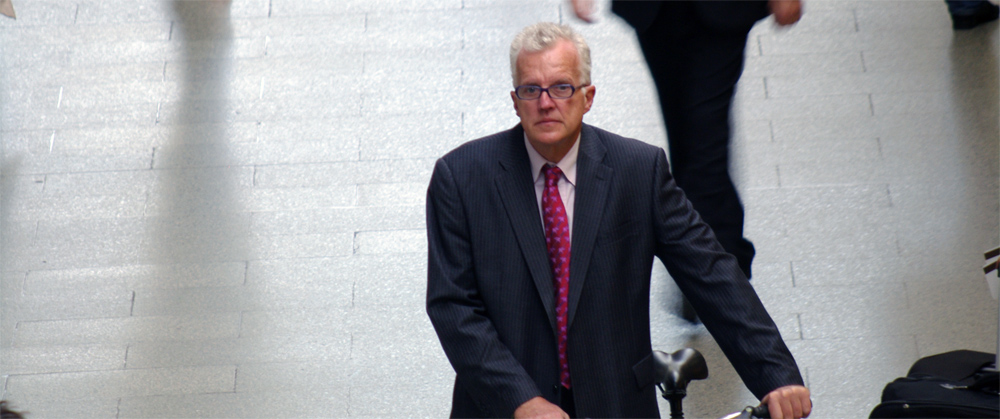I had my first proper view of the Settle – Carlisle railway a couple of days ago,when I travelled there for a DVD that is being made of my book, Fire & Steam. It is a bit embarrassing to confess that I have never travelled on the line and, indeed, even though we did a lot of filming, that still remains the case.
Nevertheless, I saw much of the line including the famous Ribblehead viaduct and Dent station, and there is no doubt that its claim to be England’s most beautiful line is unchallengeable. The way it blends in with the hills and valleys of North Yorkshire and Cumbria illustrates a wider point. Railways somehow add to the beauty of the countryside, highlighting human influence without detracting from nature. Sure, there were Victorian opponents to such lines who argued that the railway would wreck the environment, but it is clear that their fears were unfounded.
Yet, by contrast, there is no doubt that roads detract from their environment and never add to it. Sometimes they leave little impression, such as when they are hidden by hedges or trees, but there are few examples of attractive roads.
I am puzzled by this, and wonder if it is mere prejudice on my part. But thinking about it, railways are far less intrusive. The tracks are empty for much of the time, with trains passing only occasionally. Secondly, railways cannot make sharp turns or manage high gradients and therefore of necessity they have to hug the contour lines.
Interestingly, even though invariably they were built on the cheap, their promoters often had to satisfy local opponents by promising embankments or cuttings to hide the line as much as possible. Frequently, too, there were elegant embellishments such as turrets at tunnel entrances or castellated bridges.
Roads never exhibit such niceties. Remember those promises about how the M3 would not really wreck Twyford Down – just look at it today! There is no comparable railway example.
